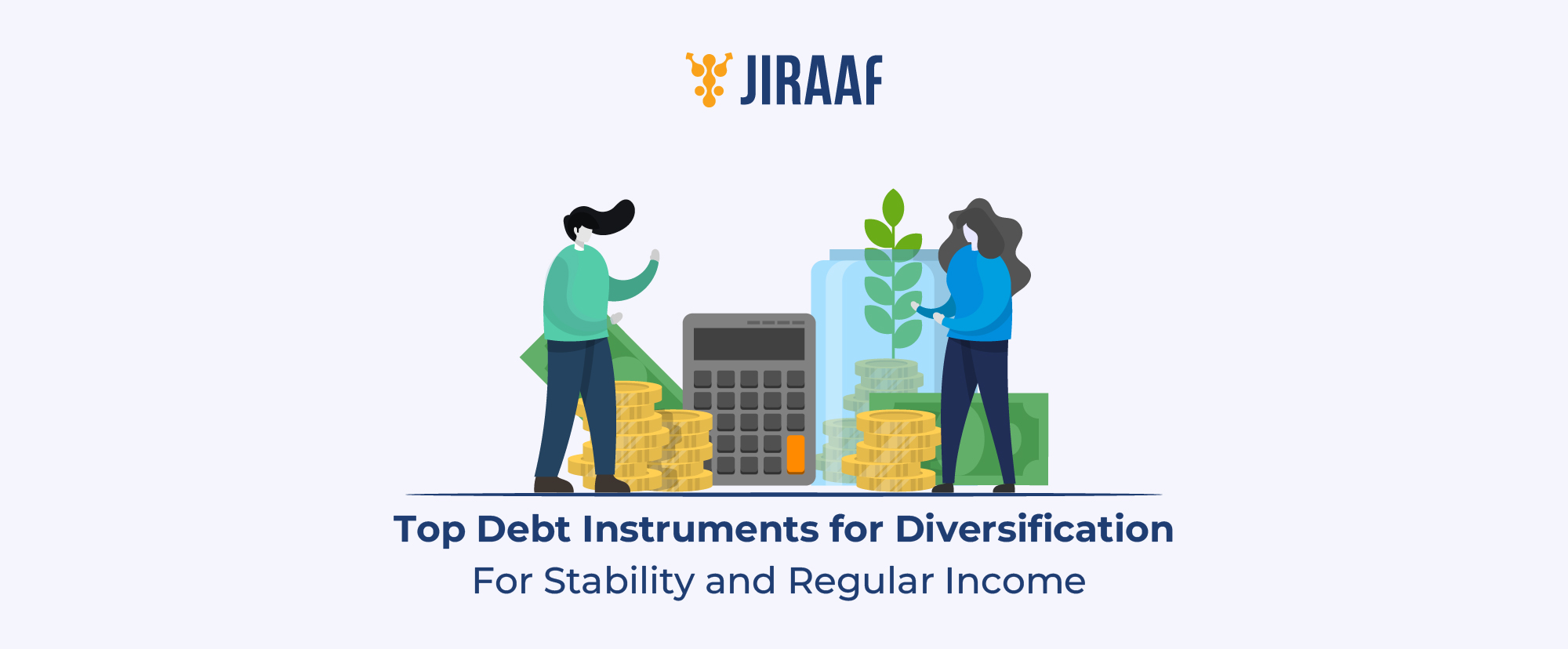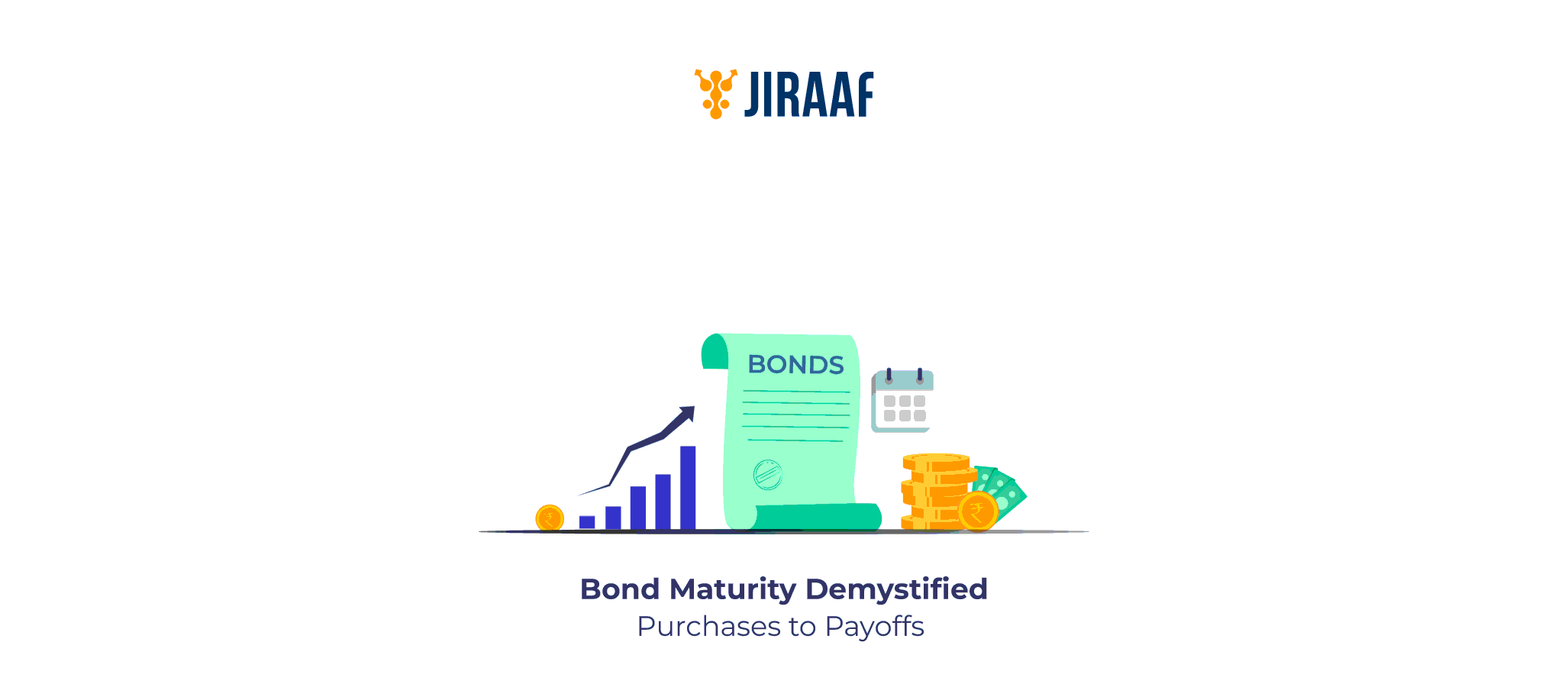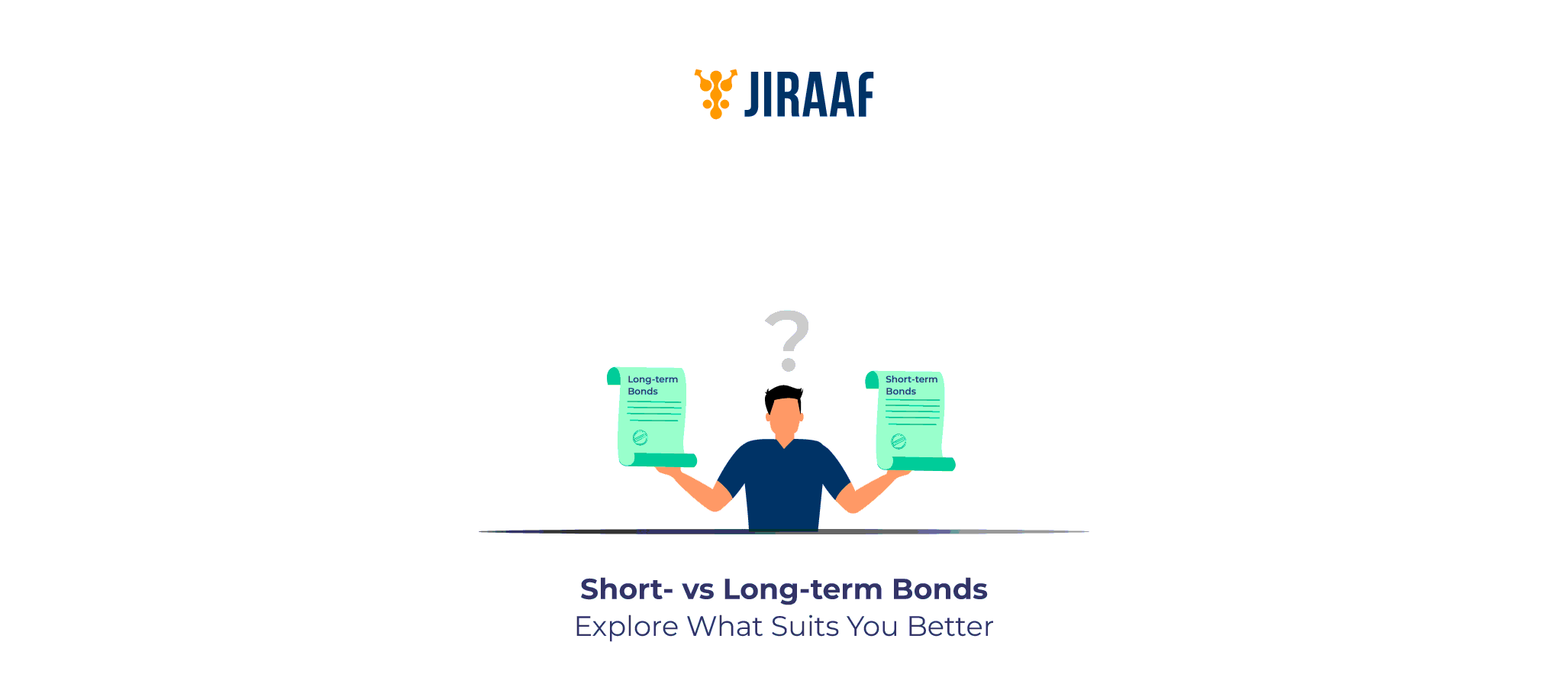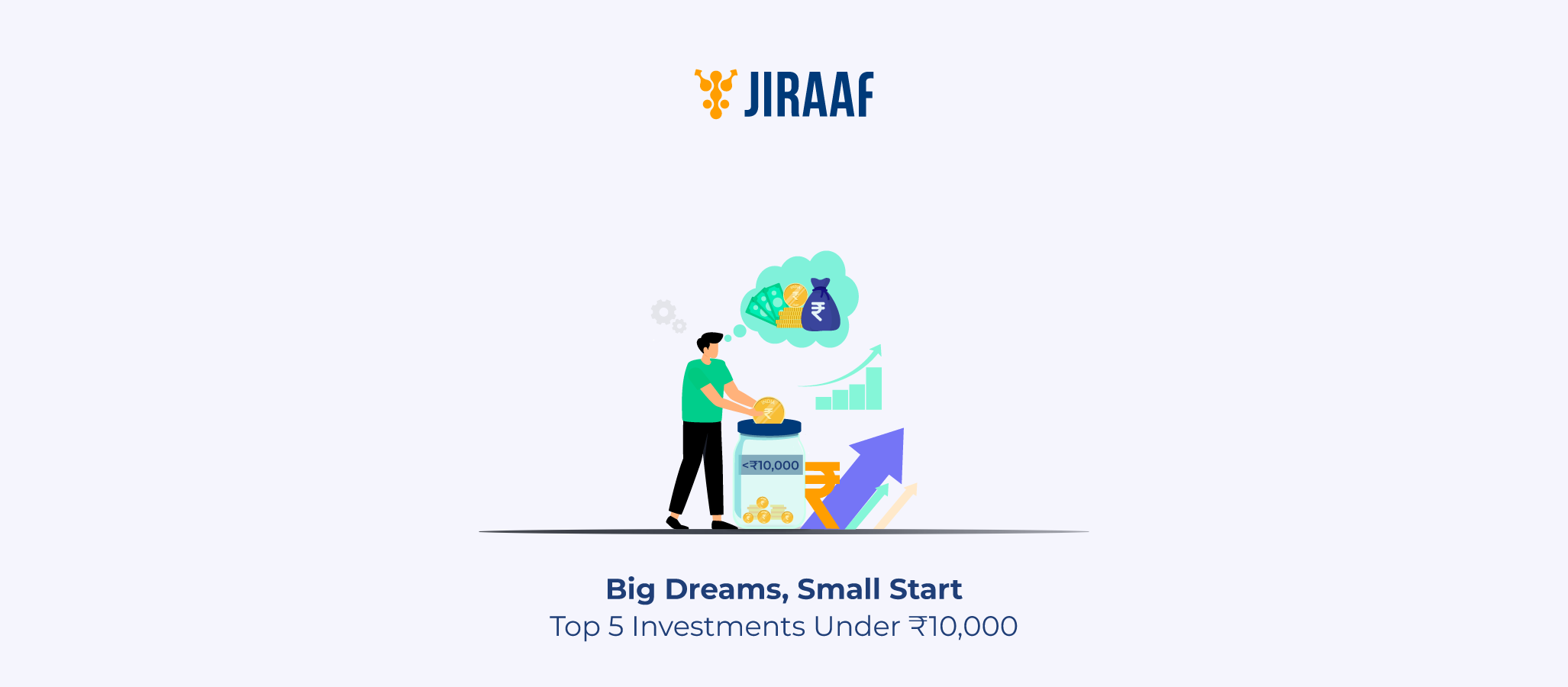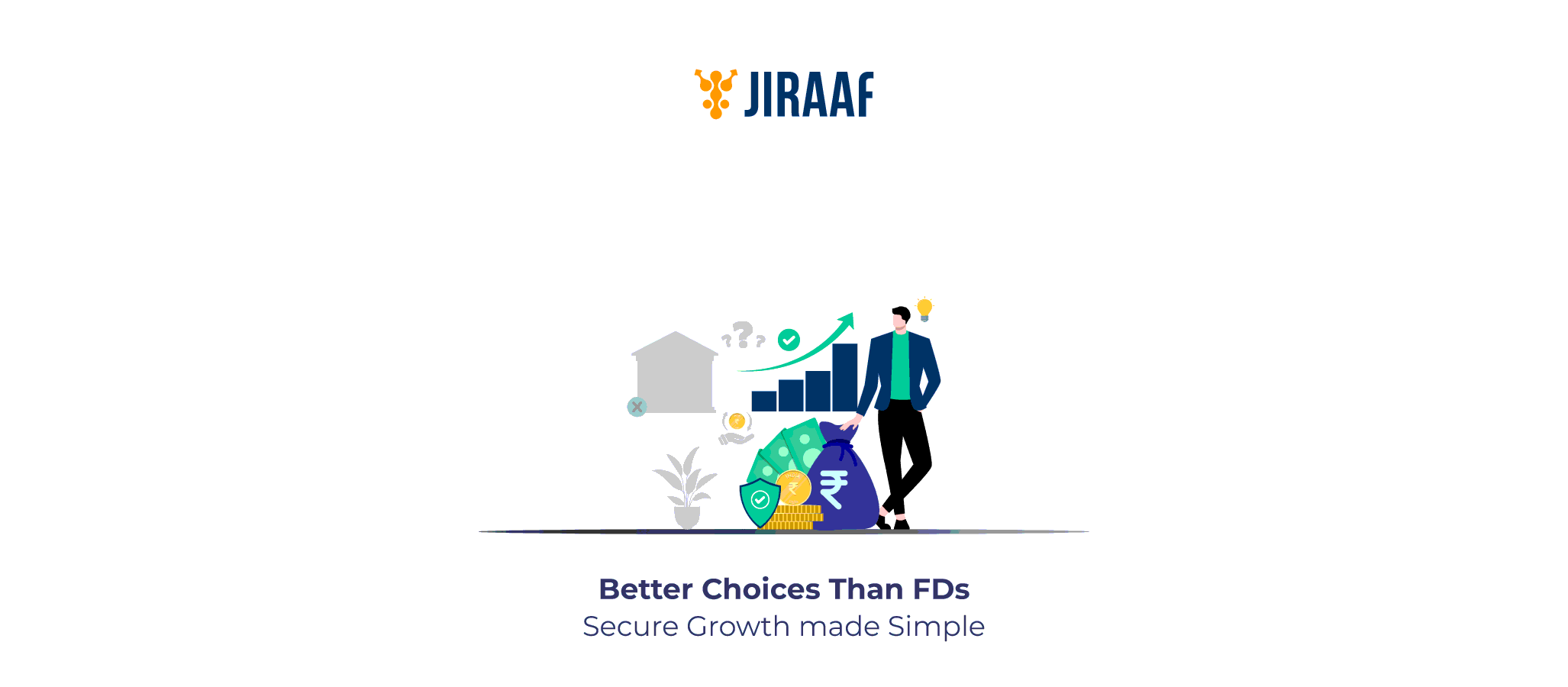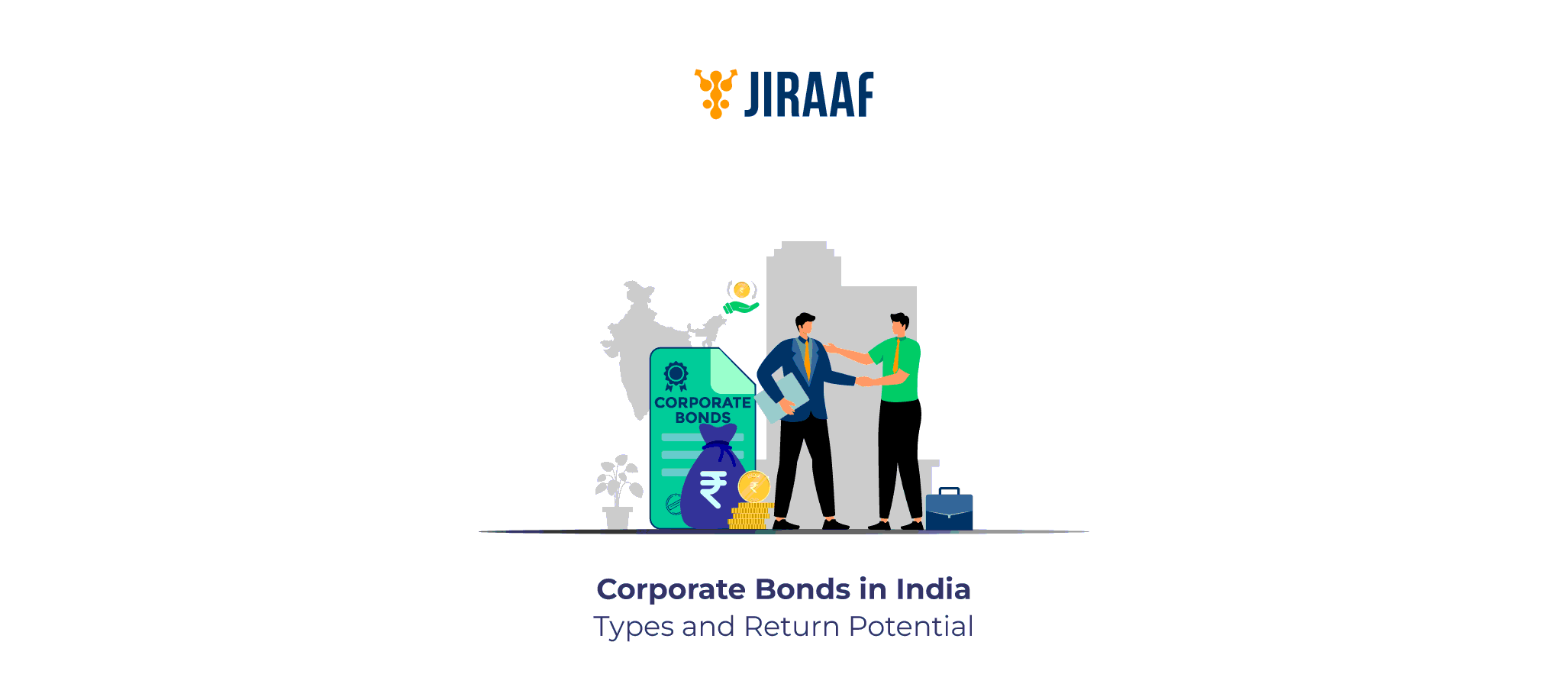A well-built portfolio isn’t a solo act; it’s an orchestra. Equities bring the highs; gold adds texture, and alternative assets keep things interesting. But it’s debt that holds the rhythm together. It gives your investments structure, balance, and resilience through market mood swings.
In India, the debt landscape has evolved into a dynamic space with instruments that cater to every kind of investor, from those seeking liquidity or predictable returns to stability without stagnation. Understanding where each fits in your financial symphony is essential to creating long-term harmony in your wealth journey.
In this blog, we’ll explore what debt instruments are, how they work, and why they’re essential for portfolio diversification. Let’s get started.
What are Debt Instruments and How do They Work?
A debt instrument is a financial contract in which a lending party (the investor) agrees to lend money to a borrowing party (the issuer) for a specified period and at a fixed interest rate.
Suppose you invest in a bond wherein a borrowing party called ABC Ltd. has issued bonds worth ₹1,000 each and is offering a 10% p.a. interest rate, payable semi-annually. Now, ABC LTD. is obligated to pay you ₹50 every six months (₹100 per year) and return your principal amount (₹1,000) whenever the bond matures.
At first glance, the debt market may appear complex, but it operates through a few straightforward processes. Here is a quick overview of key functions of the debt market:
- Debt issuers such as governments, private and public corporations assess their capital needs and issue instruments like bonds and debentures via various channels including Initial Public Offering (IPO), public issues, private placements, etc.
- SEBI regulated credit rating agencies such as CRISIL, ICRA, and CARE evaluate the creditworthiness of issuers, assigning ratings in a range of (AAA to D) to help investors assess risk levels.
- After allotment, these debt securities are traded in secondary markets similar to equity shares.
Understanding how debt instruments function is only the first step, the real value for investors lies in choosing the right mix of options that balance safety, returns, and liquidity. Here are some of the most popular debt instruments in India that can help you build a well-diversified portfolio.
Top Debt Instruments for Diversification in India
Investors can choose from a wide range of debt instruments, selecting those that best align with their financial goals and risk appetite.
In India, the most preferred debt investment avenues for portfolio diversification include
Government Bonds
Government bonds come with AAA ratings as they have the sovereign backing of the government. Both state and central governments issue these bonds to finance public spending.
Government bonds are issued in various forms, each catering to different investment tenures. Investors looking to hedge for short-term can explore Treasury Bills (T-bills), which mature in less than a year. Fixed-rate bonds and Inflation-indexed bonds cater to investors looking to diversify for medium to long term. All of the bonds mentioned offer a stable and reliable option for conservative investors.
There are investors who want to take a little higher risk to earn a higher rate of interest. For those, corporate bonds are a better-suited option.
Corporate Bonds
Both private and public companies issue corporate bonds to raise capital for business operations. These bonds are broadly classified into two categories – investment-grade bonds (rated AAA to BBB-) and junk bonds (rated BB and below).
As illustrated earlier, the default rate risk tends to increase significantly beyond the BBB threshold. Therefore, investors seeking a balanced and well diversified portfolio should only opt for corporate bonds rated between AAA and BBB-.
Debt Mutual Funds
For investors who prefer a hands-off approach or find it challenging to evaluate individual bonds, an alternate way to tap into the fixed-income market is through debt mutual funds. These funds invest in a basket of government and corporate bonds, offering diversification and professional management without the need to pick bonds yourself. You can check out bond funds such as GILT Funds, Dynamic Bond Fund, etc.
Non-Convertible Debentures (NCDs)
Non-Convertible Debentures are fixed-income instruments issued by financial institutions to raise debt capital. Unlike convertible debentures, NCDs cannot be converted into equity shares, but compensate investors through higher fixed returns.
NCDs can also be traded on stock exchanges. They come with two payout options—cumulative (interest paid at maturity) and non-cumulative (regular interest payouts). Typically, investment-grade NCDs generate returns in the range of 9–12%, making them a viable option for investors seeking predictable income with manageable risk.
Among the many debt instruments available, bonds occupy a unique space; they are not only among the safest but also offer a strong balance between risk and return, particularly within higher-rated categories. Let us discuss why bonds are a must in your portfolio.
Why Diversify with Bonds?
Bonds are widely considered one of the safest and most reliable debt instruments. Properly picked bonds can offer investors regular income and modest capital gains over their tenure.
Bonds in India carry credit ratings ranging from AAA to D, with AAA being the safest and D indicating default. The government issues AAA-rated bonds and offers the highest level of safety with moderate returns of 6%–7.5%. For investors seeking higher returns, A to BBB- category bonds, also known as high-yield bonds, offer the perfect balance between safety and yields of 8% to 15%.

Source – CRISIL Ratings
This table displays the default rates of 1-, 2-, and 3-year period bonds issued across CRISIL AAA to C ratings over the last decade. Notice how the default rates of CRISIL AAA-rated bonds are at 0%. These default rates only increase to 2.21% for the last CRISIL BBB investment-grade bond category.
Now that we know investment-grade bonds offer one of the most stable and reliable returns, let us take a look at an example showing how you can build a bond portfolio for diversification with ₹10 lakh.
How to Choose the Right Bonds for Your Portfolio
Generally, investors are categorized into three types on the basis of their risk profile. Let’s explore each category and see how someone looking to diversify with ₹10 lakh in bonds can allocate their funds across different options.
- Conservative Investor Portfolio
| Asset Class | Allocation | Amount | Risk Level |
| AAA and AA-rated corporate bonds (OBPP platforms) | 50% | ₹5,00,000 | Low |
| RBI Floating Rate Savings Bonds / Tax-free bonds | 25% | ₹2,50,000 | Very Low |
| High-yield investment-grade bonds (A and BBB ratings) | 15% | ₹1,50,000 | Low-Medium |
| High-quality fixed deposits | 10% | ₹1,00,000 | Very Low |
- Moderate Risk Investor Portfolio
| Asset Class | Allocation | Amount | Risk Level |
| AAA and AA-rated corporate bonds | 40% | ₹4,00,000 | Low |
| High-yield investment-grade bonds (A and BBB ratings) | 30% | ₹3,00,000 | Low-Medium |
| Quality equities / Equity-oriented hybrid funds | 20% | ₹2,00,000 | Medium-High |
| High-yield fixed deposits / Short-term instruments | 10% | ₹1,00,000 | Very Low |
- Aggressive Risk Investor Portfolio
| Asset Class | Allocation | Amount | Risk Level |
| High-yield investment-grade bonds (A and BBB ratings) | 40% | ₹4,00,000 | Low-Medium |
| Quality equities / Equity-oriented hybrid funds | 30% | ₹3,00,000 | Medium-High |
| AAA and AA-rated corporate bonds | 20% | ₹2,00,000 | Low |
| High-yield fixed deposits / Short-term instruments | 10% | ₹1,00,000 | Very Low |
Conclusion – Smart Diversification with Debt Instruments
Debt instruments play a crucial role in helping investors achieve true portfolio balance. Their stability and predictable income help cushion the volatility of equities, ensuring that short-term market swings don’t derail long-term objectives.
When combined thoughtfully with growth-oriented assets like equities, they form a resilient investment mix, one that not only mitigates risk but also sustains steady wealth creation through varying market cycles.
FAQs About Debt Instrument for Diversification
Government bonds are the safest choice as they carry sovereign backing and AAA ratings, ensuring stability and minimal default risk. Instruments like Treasury Bills, Notes, and Bonds cater to different investment horizons.
Government bonds offer safety, while investment-grade corporate bonds provide better yields at moderate risk. The ideal mix depends on your financial goals and risk appetite.
No, debt instruments aren’t entirely risk-free, but risks can be minimized by investing in high-rated (AAA to BBB-) bonds and diversifying across issuers and maturities.
Bonds balance equity risk by offering steady income and lower volatility, helping investors stay invested even during market corrections.
Yes, retail investors can invest in government bonds through the RBI Retail Direct platform or SEBI-regulated online bond platforms.
